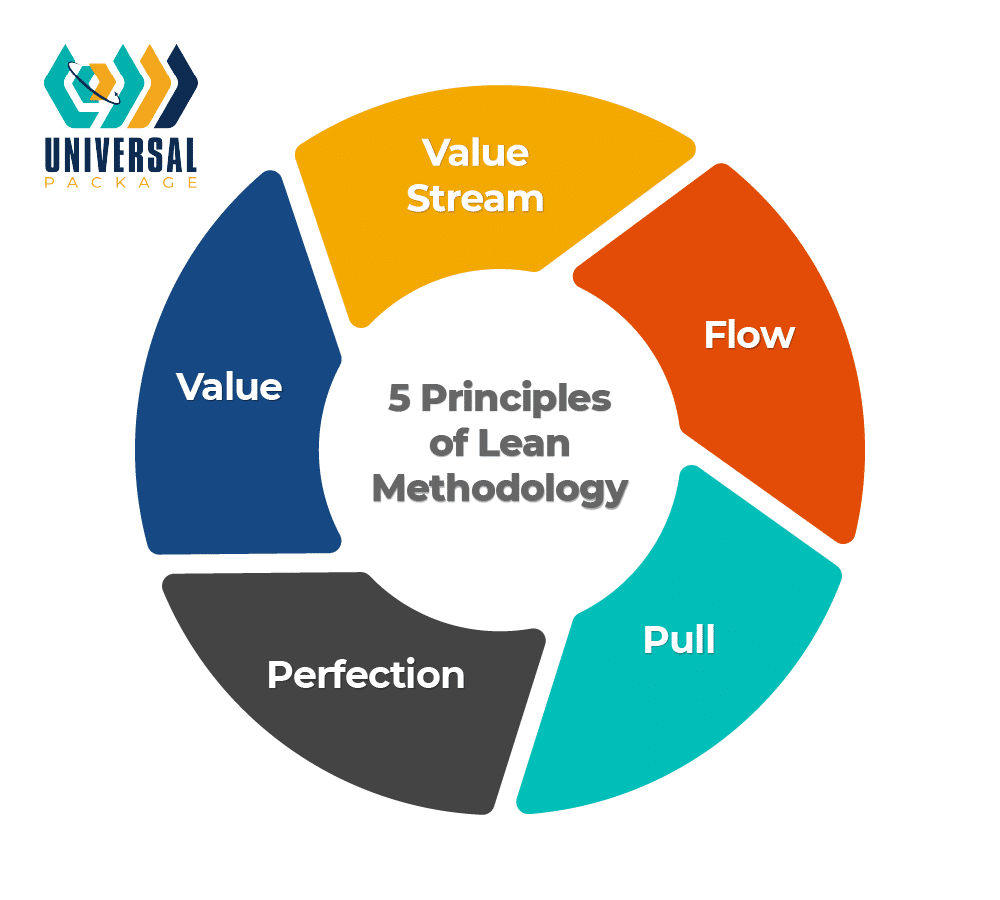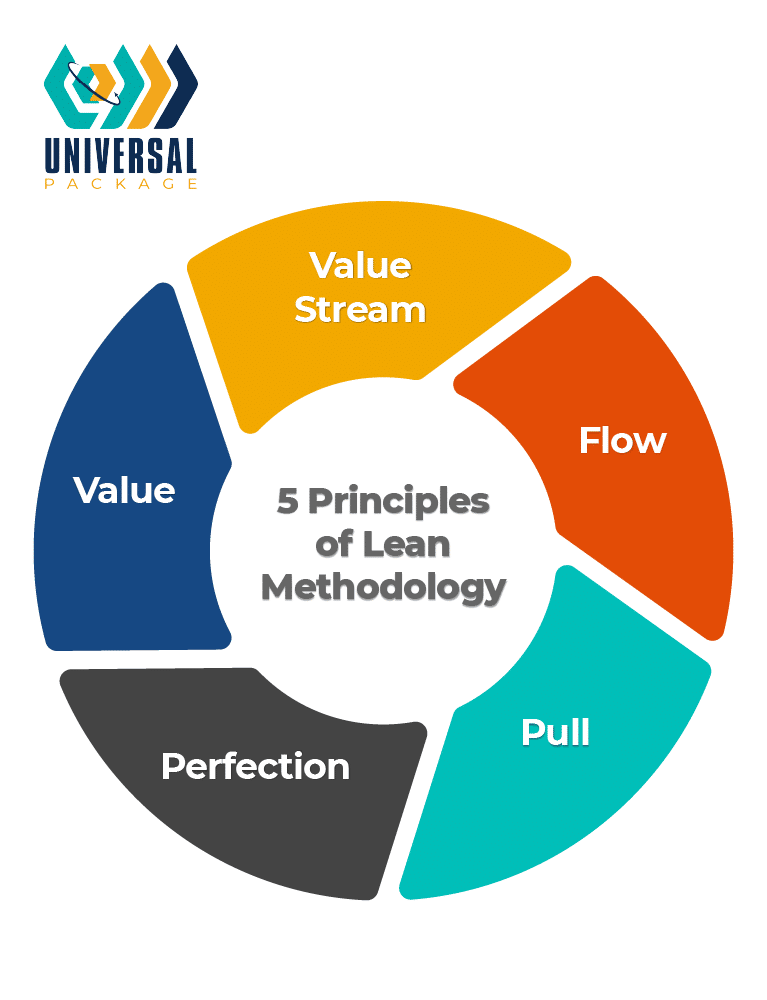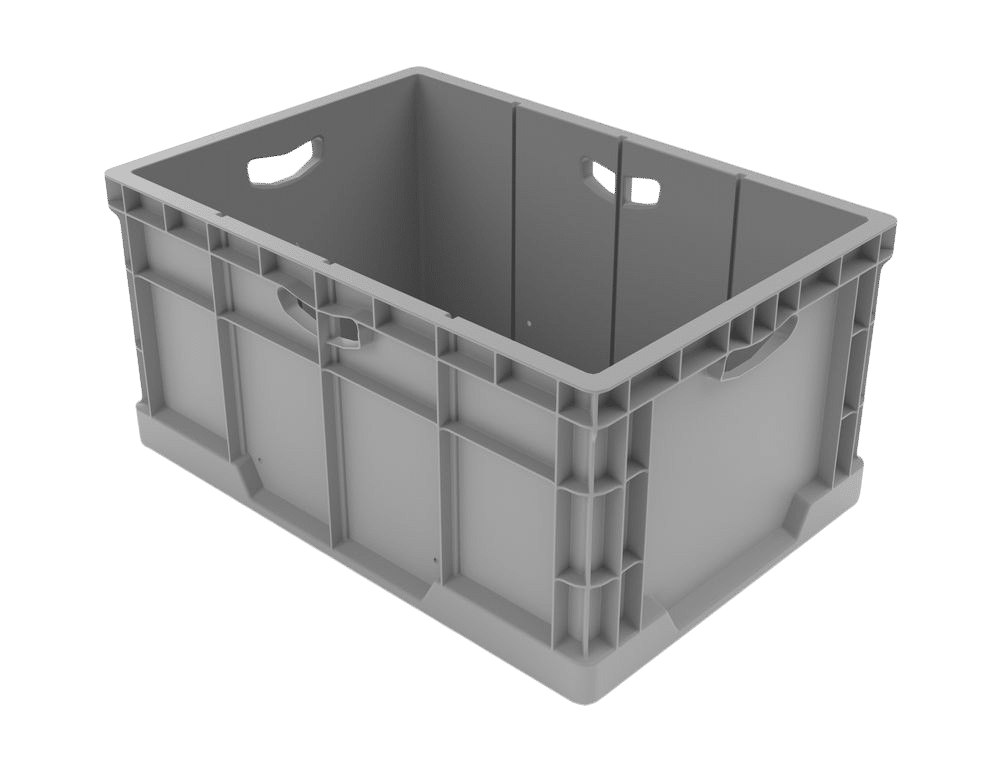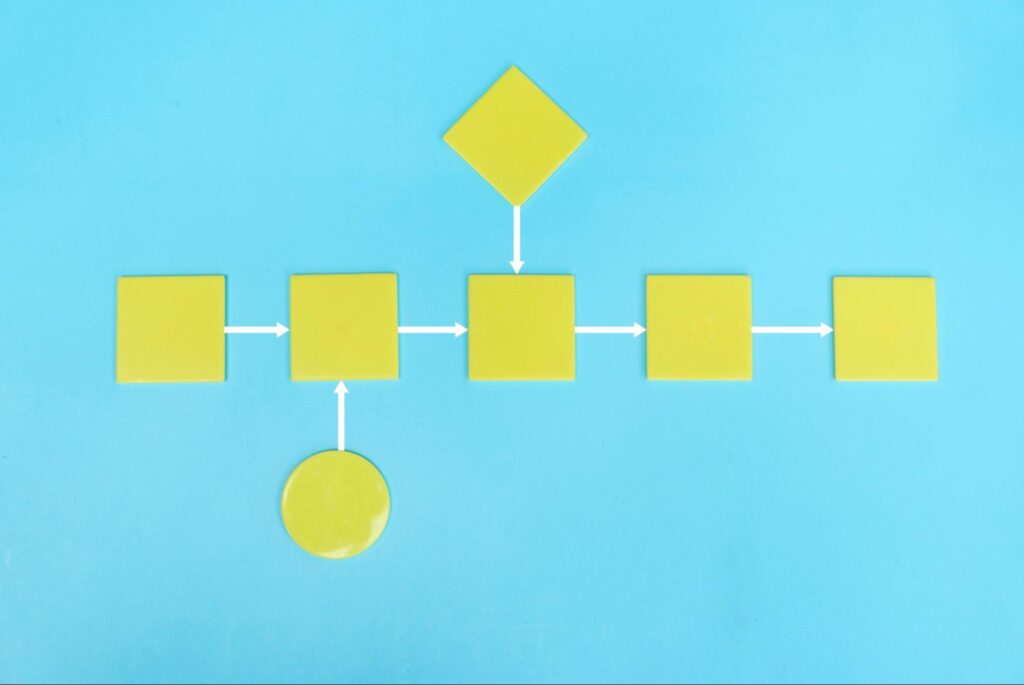Packaging is a critical component in product protection and brand presentation. Many companies face challenges with inefficient processes that drive up costs and generate waste. Lean packaging applies proven lean manufacturing principles to streamline workflows, cut unnecessary expenses, and boost sustainability. Originating from the Toyota production system, lean methodology emphasizes eliminating waste by ensuring every process step adds value. This approach transforms traditional packaging into a more efficient, cost-effective, and eco-friendly operation.
Lean packaging focuses on improving material usage, design, and production. By adopting lean practices, companies can reduce excess inventory, accelerate production, and enhance product protection, benefiting both operational efficiency and customer satisfaction.
Understanding Lean Packaging
Lean packaging involves a thorough evaluation of every step in the packaging process. Each activity—from material sourcing to production and distribution—is scrutinized to determine its contribution to the final product. Redundant steps or overly complex designs are identified as waste and reformed or eliminated.
The goal is to create a sequence of streamlined tasks that protect and present products effectively. Removing unnecessary steps minimizes delays and cuts production costs while maintaining high standards for safety and quality.
Core Principles of Lean Methodology in Packaging


Lean packaging is built on five key principles:
Value
The very first step in Lean is understanding what truly matters – not to us as the producer, but to the customer. In packaging, this means looking beyond just putting a product in a box. Who is the customer? It could be internal (the manufacturing team needing specific presentation, logistics needing stackability) or external (the end consumer needing protection, ease of opening, information, and increasingly, sustainability). Value in packaging is anything the customer is willing to pay for or that directly contributes to their satisfaction and the successful delivery of the product. This principle forces us to question every feature, every material, and every process step: Does this add value for the customer? If not, it’s likely a waste.
Value Stream
Once value is clearly defined, the next step is to visualize the entire process required to deliver that value. This involves creating a detailed “Value Stream Map,” tracing the journey of packaging from raw materials through design, procurement, storage, filling, sealing, labeling, case packing, palletizing, and transport. Mapping the value stream reveals not just the steps, but also the information flows and, critically, where waste resides. This could be in the form of excessive inventory (raw materials or finished goods), unnecessary movement, waiting times, rework due to defects, over-processing, or underutilized talent. Seeing the entire flow makes the non-value-adding activities jump out, providing a clear target for improvement.
Flow
With the waste exposed by value stream mapping, the focus shifts to making the remaining, value-adding steps flow smoothly. This means breaking down barriers and eliminating interruptions. In packaging, creating flow involves optimizing line layouts, reducing changeover times between different products or package formats, ensuring synchronized delivery of materials just when they’re needed, and minimizing work-in-process (WIP) between stations. The goal is to move away from batch processing where items wait in queues, towards a continuous, steady movement of product through the packaging operation, reducing lead times and increasing efficiency.
Pull
Traditional systems often “push” products through the process based on forecasts, which can lead to overproduction and excessive inventory. The Lean principle of “Pull” advocates for the opposite: downstream processes signal their need to upstream processes, pulling materials or work only when required by actual demand. In packaging, this means the packaging line operates based on the demand from warehousing, distribution, or direct customer orders, rather than simply running at maximum capacity. Similarly, packaging materials are pulled to the line only as they are consumed. This principle minimizes excess stock of both packaging materials and finished goods, freeing up valuable space and capital.
Perfection
Lean is not a one-time project; it’s a continuous journey towards perfection. The fifth principle instills a culture where everyone is constantly looking for ways to improve processes, eliminate waste, and increase value. In packaging operations, this translates into regularly analyzing performance metrics (like Overall Equipment Effectiveness – OEE), conducting root cause analysis on defects or downtime, implementing small, iterative improvements (Kaizen events), and standardizing successful changes. This ongoing pursuit ensures that the packaging process becomes progressively more efficient, higher quality, safer, and more responsive over time.
Benefits of Lean Packaging for Businesses
Implementing lean packaging offers several significant benefits:
- Environmental Efficiency: Using only necessary materials reduces waste and lowers a company’s carbon footprint.
- Cost Savings: Streamlined processes and reduced excess inventory decrease material and labor expenses.
- Improved Quality: Focused design improvements lead to packaging that better protects products and enhances brand image.
- Enhanced Efficiency: Optimized workflows accelerate production timelines, ensuring responsiveness to market demands and improving operational efficiency.
- Customer Satisfaction: Reliable packaging that meets quality and sustainability standards builds consumer trust.
These benefits provide strong incentives for companies to adopt lean practices within their packaging operations, leading to both operational improvements and environmental gains.
How Lean Packaging Aligns with Sustainability Goals
Sustainable practices are essential in today’s market, and lean packaging naturally supports these objectives. By eliminating unnecessary material use, lean methods decrease waste and promote the use of recyclable or reusable materials.
Optimized production processes also reduce energy consumption and lower the carbon footprint. Businesses benefit not only from cost savings but also from enhanced environmental credentials, appealing to eco-conscious consumers. Lean packaging offers a practical approach to meet modern sustainability standards while boosting efficiency.
Practical Steps for Implementing Lean Methodology in Packaging
A structured approach is key to successful implementation. Here are practical steps for integrating lean packaging:
1. Secure Leadership Buy-In & Form a Dedicated Team:
Implementing Lean requires organizational commitment. Start by gaining full support from leadership, explaining the potential benefits in terms of cost savings, efficiency gains, quality improvement, and sustainability. Once leadership is on board, assemble a cross-functional team. This team should include representatives from operations, logistics, procurement, engineering, and potentially even sales or quality control. Their diverse perspectives are crucial for understanding the entire value stream and driving change. This team will champion the Lean initiative and guide the subsequent steps.
2. Map Your Current State Packaging Value Stream:
This is where you visualize reality. The team needs to walk the entire packaging process, from the moment raw packaging materials arrive at your facility to the point the finished, packaged product leaves your dock. Document every step: receiving, storage, transport to the line, the packaging line operations (filling, sealing, labeling, case packing, palletizing), internal movement, warehousing, and shipping preparation.
Crucially, also map the flow of information and collect data like cycle times, changeover times, inventory levels (raw materials, WIP, finished goods), defect rates, and downtime causes. This “Current State Map” makes waste visible – showing delays, unnecessary movements, excess inventory, and bottlenecks.
3. Analyze & Identify Waste (The “7+1 Wastes” in Packaging):
With your value stream mapped, the team can now systematically analyze it through the lens of Lean’s seven (or eight) wastes, specifically as they apply to packaging:
- Inventory: Excess packaging materials or finished goods taking up space and tying up capital.
- Motion: Unnecessary movement of people (walking back and forth for materials or tools).
- Waiting: Product sitting idle between packaging steps or lines waiting for materials or equipment.
- Overproduction: Packaging more product than is currently needed.
- Over-processing: Adding unnecessary steps or materials to the packaging process (e.g., excessive wrapping, redundant checks).
- Transport: Unnecessary movement of materials or finished goods within the facility.
- Defects: Damaged packaging or product damaged by the packaging, leading to rework or scrap.
- (The +1) Underutilized Talent: Not engaging employees in problem-solving and process improvement.
Identify where these wastes occur on your map and prioritize the biggest opportunities for reduction.
4. Develop & Implement Solutions:
Based on the analysis, brainstorm and develop solutions to eliminate the identified waste and improve flow. This step is highly practical and might involve:
- Reconfiguring line layouts to reduce motion and transport.
- Implementing VMI (Vendor Managed Inventory) or Kanban systems for packaging materials to reduce inventory and establish pull.
- Optimizing changeover procedures to reduce waiting time.
- Automating repetitive or strenuous tasks.
- Critically: Re-evaluating your packaging design and materials. Is disposable packaging creating excessive waste or damage? Are your current solutions optimized for your line’s flow and your product’s protection? This is where partnering with experts to design custom returnable packaging – like durable corrugated plastic containers and precision-engineered dunnage – can be a transformative Lean solution. These solutions are designed to reduce material waste, prevent damage (eliminating defect waste), improve handling (reducing motion and transport waste), and streamline processes for better flow.
5. Monitor, Standardize, and Continuously Improve:
Lean is not a destination; it’s an ongoing journey. Once improvements are implemented, it’s vital to monitor their impact using key performance indicators (KPIs) such as Overall Equipment Effectiveness (OEE), damage rates, lead times, and material usage. Standardize the new, improved processes through clear work instructions and training to ensure consistency. Finally, foster a culture of continuous improvement (Kaizen), encouraging employees to identify problems and suggest further improvements. Regularly revisit your value stream map to find new opportunities for optimization.
Universal Package’s Approach to Packaging Innovation
Universal Package offers tailored packaging solutions focused on efficiency and sustainability. Their product lineup includes high-quality, customizable items such as corrugated plastic containers and reusable dunnage systems. By emphasizing efficient and reusable designs, Universal Package aims to help clients reduce expenses and environmental impact. Their approach centers on delivering packaging solutions that are designed to meet specific operational needs while upholding standards of quality and sustainability.
Embracing Lean Packaging
Lean packaging is a transformative approach that optimizes packaging processes and delivers significant cost and efficiency gains. By focusing on customer value, reducing waste, and promoting continuous improvement, companies can achieve improved quality, operational efficiency, and sustainability.
Adopting lean packaging is a strategic move that prepares businesses for long-term success in competitive and eco-conscious markets. Redefine your packaging strategy with high-quality, efficient solutions that drive performance and meet modern demands.
Take the first step toward a leaner future by exploring tailored packaging solutions that prioritize customization, quality, and environmental responsibility.





